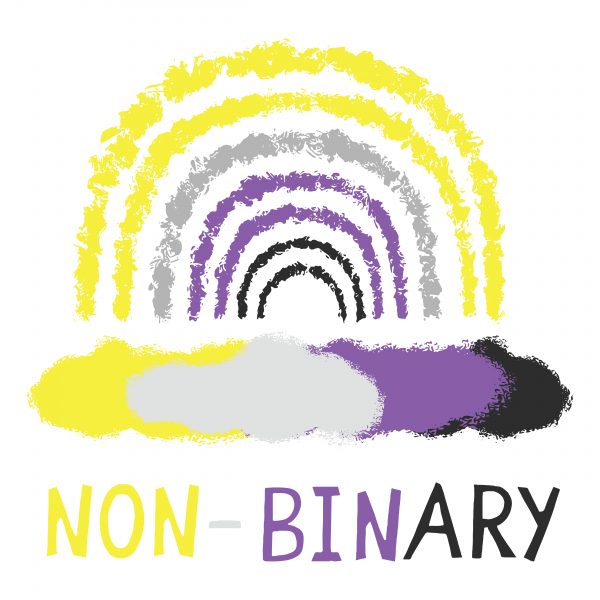
For most people, gender is black and white. A binary consisting of two opposite identities: male or female.
But not everyone feels this way. For some people, gender is more like a spectrum: a continuum in which all kinds of colors can exist. In simpler terms, these people – often labeled as non-binary people – feel as if they don’t align with such strict, binary distinctions of gender.
If you can relate to this, or if you’ve ever asked yourself “Am I nonbinary?”, don’t worry. Identifying as non-binary is more common than you think. In fact, a recent study found that there are over 1 million non-binary adults in the US alone.
But what does it really mean to be a non-binary person? Is there more than one way to be non-binary? And how do you come out and come to terms with your gender identity? In this guide, we answer some of the most frequently asked questions about being non-binary.
According to the Human Rights Campaign, nonbinary is a term used to describe people who do not identify exclusively as male or female. For non-binary people, gender is a spectrum rather than simply two fixed categories.


